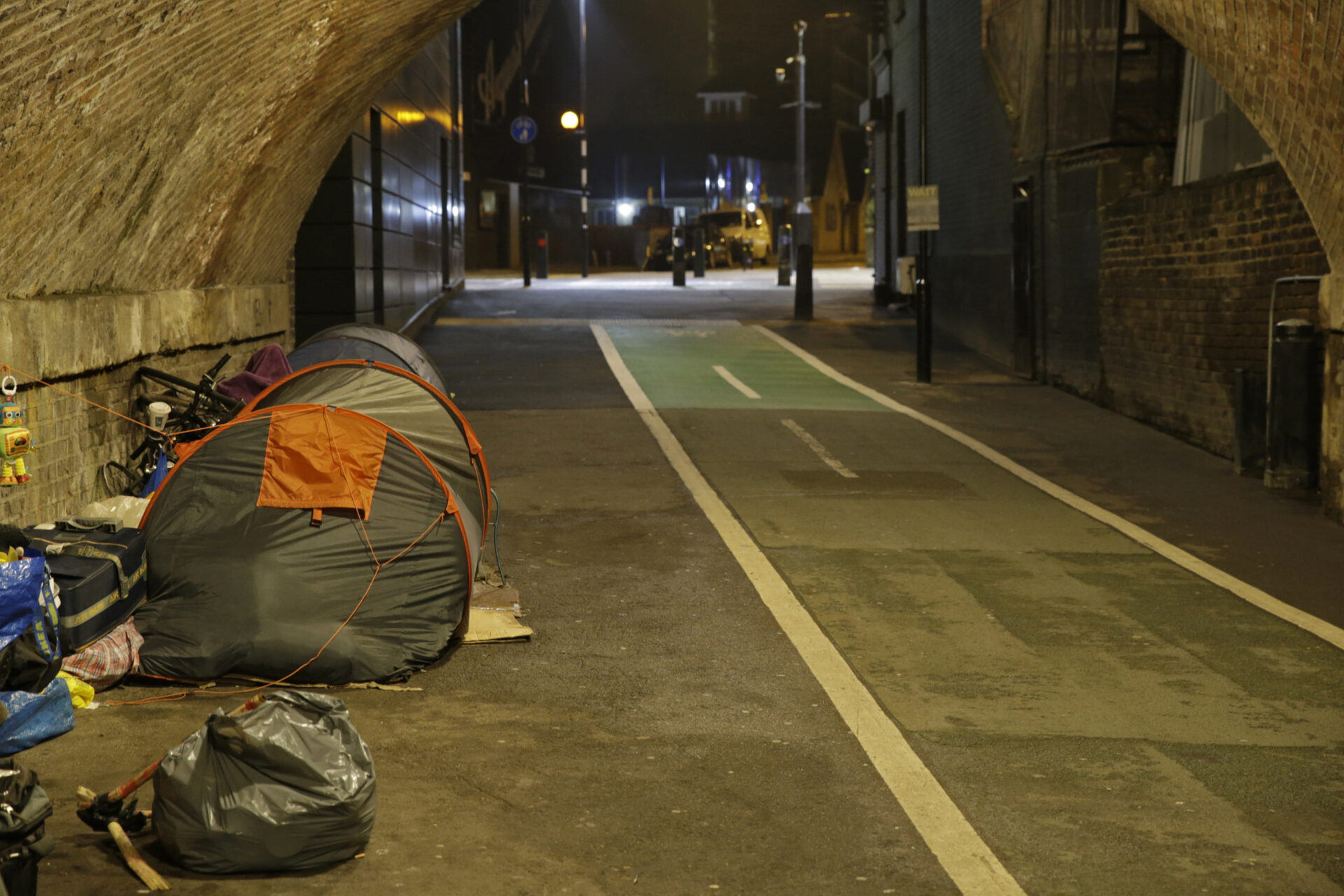Bill Tidnam, Chief Executive, comments on growing figures for rough sleeping in London
He stresses the need for lasting solutions over temporary fixes.

The Greater London Authority Combined Homelessness and Information Network (CHAIN) is a data tool used by street outreach workers to record their work and, by doing this, the numbers of people who have been seen on the streets.
In a world of competing truths, it is the most accurate record of rough sleeping in the UK and possibly the world. Before we congratulate ourselves on the quality of our recording, it is important to reflect on what this database is telling us.
In the second quarter of this financial year, July to September 2024, 4,780 people were seen rough sleeping in London by street outreach workers.
Before this, the highest number seen in a quarter was in April to June c. 2020, the height of lockdown when 4227 were recorded on the database. This was exceptional; the pandemic had disrupted a range of informal accommodation arrangements; many of these were work-related (so tied to various types of accommodation), and even where this wasn’t the case, the prospect of free hotel accommodation seemed preferable to sofa surfing for many.
After the middle of 2020, numbers on the street dropped as much because of the collapse in demand for rental accommodation in London as any action by the government or charities. There tends to be a reverse correlation between economic success and homelessness; when the economy is slumping, accommodation becomes cheaper and more available, and in times of growth, the reverse is true.
People who sleep rough tend to be at the end of this chain – when accommodation is cheap, they can find a sofa to sleep on or even a tenancy of their own, and when the economy recovers, they are squeezed back onto the streets.
In April to June 2021, numbers had reduced to 2,589, the lowest for many years. Since then, ‘business as usual’ has meant that numbers have started to rise to the last quarter’s record numbers.
While 37% of these 4,780 people were only seen once and presumably went on to reconcile with friends or family or to find somewhere that was better than the streets, many did not, and the really worrying statistic is the number of people who are classed in the jargon of the CHAIN database as ‘Living on the Streets’—that is, people who have been seen repeatedly on the street over a period of time. This is a smaller group, but it’s increasing fast, with numbers going from 481 in the equivalent quarter last year to 681 in the period from July to September this year.
This is also a group of people for whom moving away from the street is going to be more difficult. They are likely to have more complex needs, and these needs are going to grow more complex the longer they spend on the streets. The realistic first step away from the streets is likely to be an assessment centre or a hostel.
This is a problem. The pressures on the housing market mean that it’s more difficult to move on from the temporary accommodation provided in hostels and supported housing to something more permanent.
There are also problems with hostels and supported housing. The money to pay for the staff that makes them what they are has consistently reduced in the last 14 years. And we haven’t built anything new for much longer, meaning that we don’t have hostels where we need them, and we don’t have enough of the right type of hostels.
One answer has been the increasing use of hotels and bed and breakfast accommodation, but this is expensive and doesn’t provide the help for people to recover and move away from homelessness.They’re often a respite rather than a solution to someone’s homelessness.
So what are the answers?
The new government has made a commitment to learn the lessons of the late 1990s and 2000s in their response to homelessness. For Thames Reach, this means that we need to be prepared to ensure the money we spend on homelessness is focused on moving people permanently away from the streets, this means access to good hostels and supported housing as a first step for most, permanent accommodation (including Housing First where this is needed), help to find and keep work, and the help that people need to take this journey.
We need to work hard to move away from a dependence on expensive, poor-quality ‘nightly paid’ accommodation (hotels and B&Bs), and we need to work harder to reach people before they end up on the streets – by collaborating with prisons, hospitals, the asylum system, and housing providers.
All this will take public money and the confidence to stick with a course of action, but the alternative is more people spending longer on the streets, and more money wasted on inadequate responses.
Thames Reach’s mission is one of ending street homelessness, and at a time like this, this can seem further away than ever. However, we know that we can do this.
